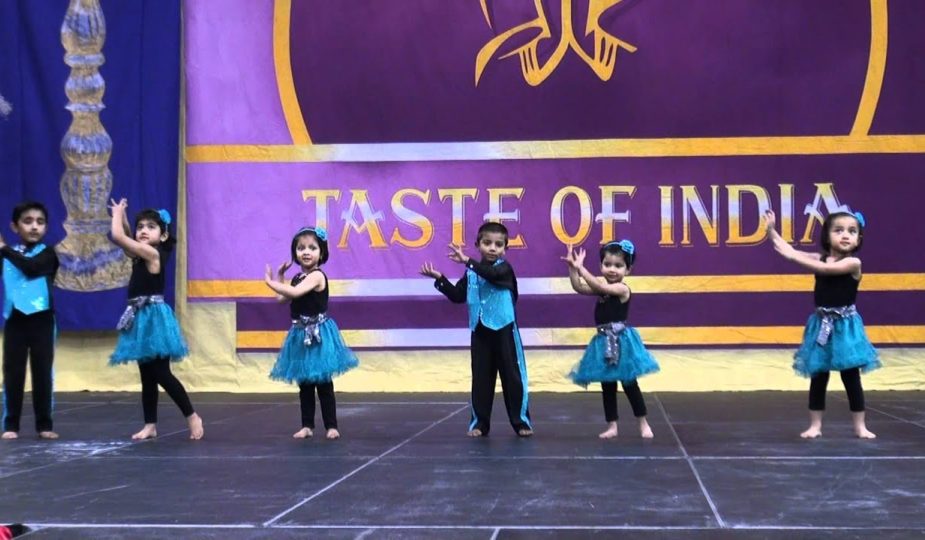Indian classical dance is a form of Indian performance art that has its origins in natya, a sacred Hindu musical and dance style, the theoretical basis of which was laid in Bharata Muni’s treatise Natyashastra. In addition to the actual dance – nritta, natya includes singing and abhinaya – the art of facial expressions. With the help of sign language – mudra, the performer has the opportunity not only to express his emotions, but also to tell the viewer a story, to convey certain, including abstract concepts. Despite this feature of classical Indian styles, due to the lack of an equivalent synthetic term in European culture, the British colonial authorities called any form of Indian performing arts “dances”, which later became fixed in European practice.
The definition of “classical” (Skt. Shastriya) was introduced relatively recently by the National Academy of Performing Arts Sangeet Natak Akademi specifically to designate styles of performing arts based on the principles of “Natyashastra”. Currently Sangeet Natak Akademi has given the status of “classic” to eight dance styles: Bharatanatyam, Kathak, Kathakali, Kuchipudi, Manipuri, Mohiniattam, Odissi and Satria, while the Encyclopedia Britannica mentions only six recognized schools.
Today's Quote
I might see something on TV and get inspired to write about it. I can't sit down and plan to...
Quote Of The DayToday's Shayari
महफ़िल महफ़िल मुस्काना तो पड़ता है
ख़ुद ही ख़ुद को समझाना तो पड़ता है...
Today's Joke
BJP: BSP नारी का सम्मान नहीं करती
BSP: BJP में नारी का सम्मान नहीं
Congress: दोनों पार्टियां नारी-सम्मान के नाम...
Today's Status
In the morning a man walks with his whole body; in the evening, only with his legs.
Status Of The DayToday's Prayer
The lord shall make your path straight today, and no form of evil shall come near thee. Remain blessed and...
Prayer Of The Day
